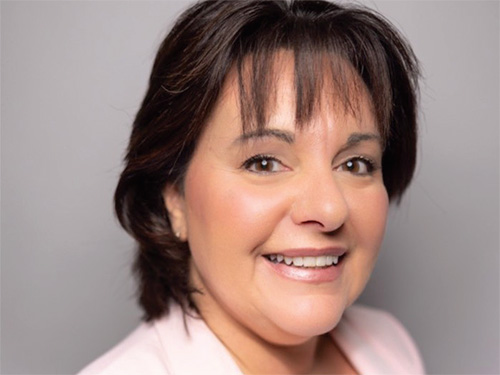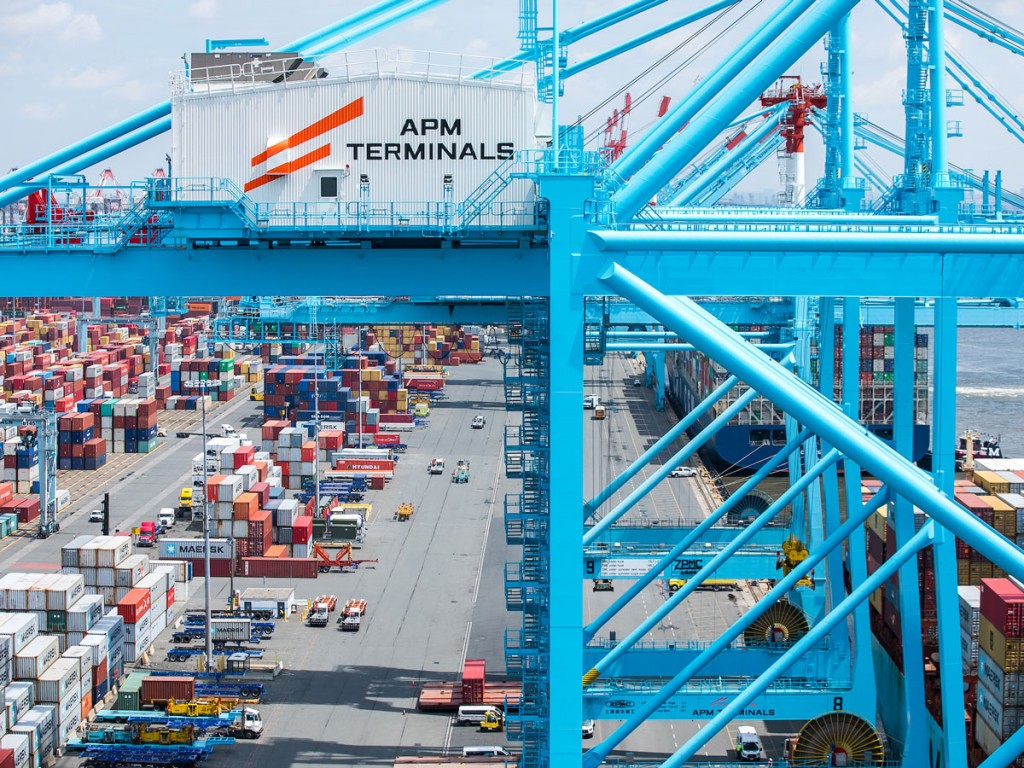Status of owner-operators in jeopardy while some COVID supply-chain kinks persist.
The cargo picture at the Port of New York and New Jersey has largely reverted to pre-pandemic seasonal and cyclical patterns, but drayage carriers at the port still face challenges. Motor carriers, which rely on owner-operators as an essential component of their workforces, are facing a continued and sometimes confusing effort to reclassify independent operators as employees. And, while cargo volumes have fallen off dramatically from the record-breaking 2022, gate moves have decreased only slightly, suggesting that some COVID supply-chain kinks have yet to be worked out.
The movement to reclassify independent contractors as company employees received a boost in late October, when the National Labor Relations Board (NLRB) issued a rulemaking that expanded the conditions under which companies can be classified as “joint employers.” [See: NRF opposes new joint employer rules]
This issue is of particular importance to drayage carriers in the Port of New York and New Jersey, because, as Lisa Yakomin, president of the Association of Bi-State Motor Carriers (BSMC), explained, some of them “have all company drivers and that is the business model that they prefer, but there are others that have a mix of company drivers and independent contractors.”

Bi-State Motor Carriers Oppose NLRB Rule
The contractors for their part, “like their flexibility,” said Yakomin, in an exclusive interview with the AJOT. “With freight volumes going back to their cyclical nature and fluctuating, we need flexibility in our workforce. We need to preserve the workforce in its current form.”
The Bi-State objected to the NLRB rule change when it was proposed last year “because the language is so broad,” said Yakomin. Of particular concern is the mention of safety rules because “that is the number one priority at the port.” In other words, carriers and terminal operators enforce safety rules on employees and contractors alike, so the rule could be used to reclassify contractors to employees.
“They’ve broadened the definition so much,” said Yakomin, “that it’s really open to interpretation.”
For Yakomin, the new NLRB rule is part of a pattern of legislative and regulatory developments that jeopardize the status of independent contractors. The AB5 law in California made it more difficult to classify workers as independent contractors. The PRO Act, now pending before Congress, would do the same at the national level.
Yakomin blames these developments on labor unions which, in the face of declining membership, want “to increase their roster of members.”
“I have no problem with protecting workers,” she added. “But eliminating the ability to be an independent contractor is going too far. Owner-operators make up a large share of the supply chain workforce.”
Freight volume at the port is down 20% compared to last year, but it’s up around 3% over 2019. Between 2005 and 2020, Yakomin noted, the average rate of cargo growth was 2.9% per year, while 2021 and 2022 were the outlier years of the pandemic cargo crush. On that basis, she concluded, “we’re right on target in 2023.”

Port Backlogs Resolved But Empty Returns A Challenge
With the decrease in volumes from last year, port backlogs have been resolved, “we have ramped up our equipment, we have more chassis than we know what to do with, and we have 25% to 30% more drivers who have joined the port registry system,” Yakomin said.
But even with plentiful equipment and people to move freight, gate moves at the port are down only about 2% since 2022. According to Yakomin, one reason is that “drivers pick up import containers at one terminal, but then when it’s time to bring the empty back, they’ve got to go somewhere else.”
Compounding that problem is that the return location may have an appointments-only system for all or part of the day, and drivers are having difficulty getting a slot in the schedule. “Motor carriers are trying to spread out work among all these drivers,” she said, “but if you can’t get an appointment, the driver is just standing around.”
APM Terminals has an appointments-only system throughout the entire day, but, with lower freight volumes, it’s something of a mystery why truckers are still struggling to get on terminal. “There is no waiting-list function for the system, and that is something we’ve been requesting for years,” said Yakomin. “If they can have wait lists for reservations at restaurants, they can do it at shipping terminals.”
Port Liberty Bayonne, which requires an appointment until 1 PM every day, is the terminal where many vessels call to evacuate empties. “It’s the only return location for a lot of empty containers,” said Yakomin, “so they are getting slammed after 1:00 because they’re getting flooded with folks who don’t have an appointment.”
Demurrage and Detention Issue
The difficulty in getting on terminal to pick up loads, with or without an appointment, raises the issue of demurrage and detention charges, which kick in after the free period that terminals allow containers to sit around before being picked up. “If you’re on your last free day and you appeal to the terminal for an appointment, in most cases, they will extend the free time to the next available appointment,” said Yakomin. “But then you have to take the appointment they offer you.” See: Average demurrage and detention charges witness a 25% dip globally in 2023
That represents a problem if, for example, the appointment is in the afternoon, but the customer needs the delivery in the morning. “And if the customer is in Pennsylvania, they may be closed by the time the trucker picks up the box and gets out to the customer’s location,” said Yakomin. “In that case, you have to hold on to the box and incur storage fees.” Her solution: “The free-time clock should freeze until the container is actually available for pickup.”
For all the challenges facing the port and its drayage community, the freight spikes of 2021 and 2022, “show that we can handle it,” said Yakomin. “Now we just need the freight to come back,” although not necessarily to the same levels.
And, as for owner-operators and the new NLRB rule, “Like many of these issues,” she said, it’s going to take the attorneys to figure it out.”






